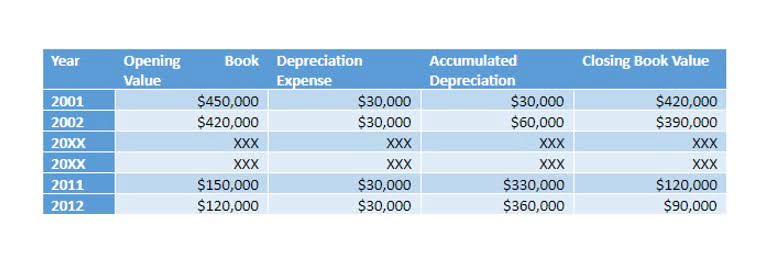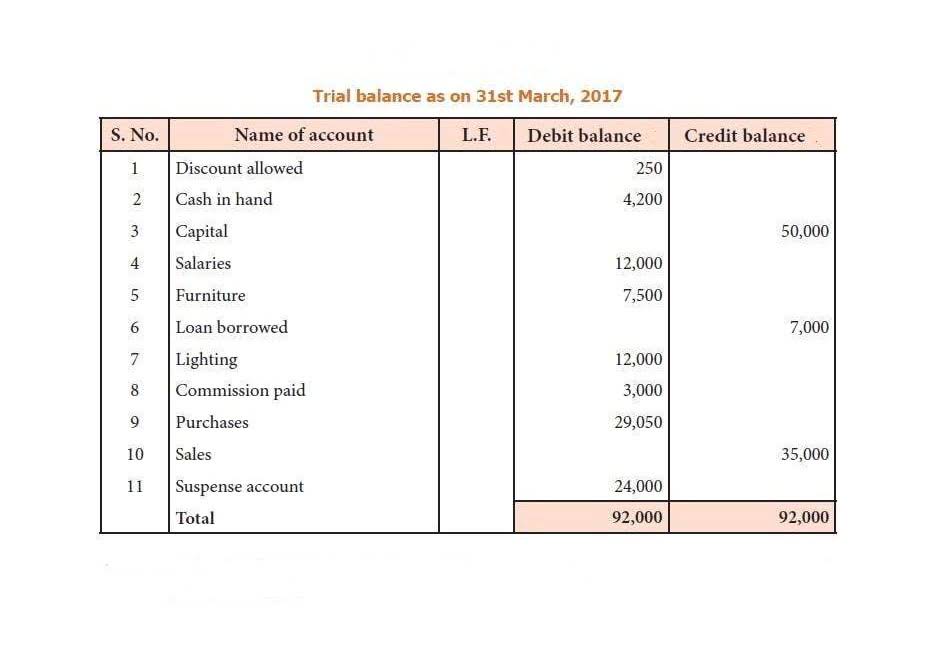Retained Earnings RE Formula, Features, Factors, Examples

This information will be listed on the balance sheet under the heading “Retained Earnings.” Some benefits of reinvesting in retained earnings include increased growth potential and improved profitability. Reinvesting profits back into the business can help it expand and become more successful over time. Retained earnings are important for the assessment of the financial health of a company.

Would you prefer to work with a financial professional remotely or in-person?
Where retained earnings prove vital is that business owners can choose to plough it back into the business, or to pay-off balance sheet debts. You can retain earnings, pay a cash dividend to shareholders, or choose a hybrid solution that addresses both of those. The details are up to you, and you should use what you’ve learned here to make smart decisions regarding retained earnings and the future of your business.
- When either result is negative, the company has negative shareholders’ equity.
- For example, if a business generated a $30,000 profit over 2 years and then lost $10,000 over the 2 years after, the balance sheet in the 4th year would show a retained earnings total of $20,000.
- A company may also decide it is more beneficial to reinvest funds into the company by acquiring capital assets or expanding operations.
- Retained earnings differ from revenue because they are reported on different financial statements.
- Equity refers to the total amount of a company’s net assets held in the hands of its owners, founders, partners, and shareholders (residual ownership interest).
The Cost of Debt (And How to Calculate It)

Retained earnings are a clearer indicator of financial health than a company’s profits because you can have a positive net income but once dividends are paid out, you have a negative cash flow. Investors pay close attention to retained earnings since the account shows how much money is available the accumulated net amount of revenue less expenses and dividends is reflected in the balance of for reinvestment back in the company and how much is available to pay dividends to shareholders. They are a measure of a company’s financial health and they can promote stability and growth. Traders who look for short-term gains may also prefer dividend payments that offer instant gains.
How to calculate the effect of a cash dividend on retained earnings

At each reporting date, companies add net income to the retained earnings, net of any deductions. Dividends, which are a distribution of a company’s equity to the shareholders, are deducted from net income because the dividend reduces the amount of equity left in the company. When investors or creditors look at a company’s financial statements, they’ll want to know how much debt it has. Reducing debt with your retained earnings is an excellent way to get into a healthy financial standing and reduce liabilities. Make sure you’ve accounted for depreciation in your net income as well. Your losses might include negative shareholder equity, which may indicate poor financial and business performance when this is the case.
How to Find Retained Earnings on Balance Sheet
Boilerplate templates of the statement of retained earnings can be found online. It is prepared in accordance with generally accepted accounting principles (GAAP). You can track your company’s retained earnings by reviewing its financial statements.
- This profit can be carried into future periods in an accounting balance called retained earnings.
- Any profits not distributed at the end of a fiscal year are considered retained earnings.
- Note that each section of the balance sheet may contain several accounts.
- These funds can be used for anything the business chooses, including research and development, buying new equipment, or anything else that will lead to growth for the company.
- Each statement covers a specified time period, as noted in the statement.
- Connect all your business tools, sync data, link bank accounts and work from anywhere, 24/7.
- It involves paying out a nominal amount of dividends and retaining a good portion of the earnings, which offers a win-win.
Because retained earnings are cumulative, you will need to use -$8,000 as your beginning retained earnings for the next accounting period. You have beginning retained earnings of $4,000 and a net loss of $12,000. To calculate retained earnings, you need to know your business’s previous retained earnings, net income, and dividends paid. The discretionary decision by management to not distribute payments to shareholders can signal the need for capital reinvestment(s) to sustain existing growth or to fund expansion plans on the horizon. The purpose of releasing a statement of retained earnings is to improve market and investor confidence in the organization. Instead, the retained earnings are redirected, often as a reinvestment within the organization.
Retained Earnings vs. Net Income
Observing it over a period of time (for example, over five years) only indicates the trend of how much money a company is adding to retained earnings. As a result, any factors that affect net income, causing an increase or a decrease, will also ultimately affect RE. Revenue is the total amount of income generated by the sale of goods or services related to the company’s primary operations. Revenue is the income a company generates before any expenses are taken out. Young companies with negative equity can eventually succeed and grow.
Step 4: Subtract Dividends Paid Out to Investors

The higher the retained earnings of a company, the stronger sign of its financial health. Negative retained earnings are a sign of poor financial health as it means that a company has experienced losses in the previous year, specifically, a net income loss. As a result, additional paid-in capital is the amount of equity available to fund growth.
This account contains all the surplus funds that a company has retained throughout its existence. It is usually found under the shareholders’ equity section on the balance sheet. Retained Earnings (RE) are the accumulated portion of a business’s profits that are not distributed as dividends to shareholders but instead are reserved for reinvestment back into the business. Normally, these funds are used for working capital and fixed asset purchases (capital expenditures) or allotted for paying off debt obligations. The main difference between retained earnings and profits is that retained earnings subtract dividend payments from a company’s profit, whereas profits do not.
In addition to considering revenue, it is impacted by the company’s cost of goods sold, operating expenses, taxes, interest, depreciation, and other costs. It may also be directly reduced by capital awarded to shareholders through dividends. Therefore, while the scope of revenue is more narrow, the impact to retained earnings is much more far-reaching. Revenue increases and decreases will impact retained earnings because they affect profits and net income. A net income surplus will result in more money allocated to retained earnings after funds are put towards debt repayments, investments, and dividends. All factors affecting net income will ultimately impact retained earnings.
